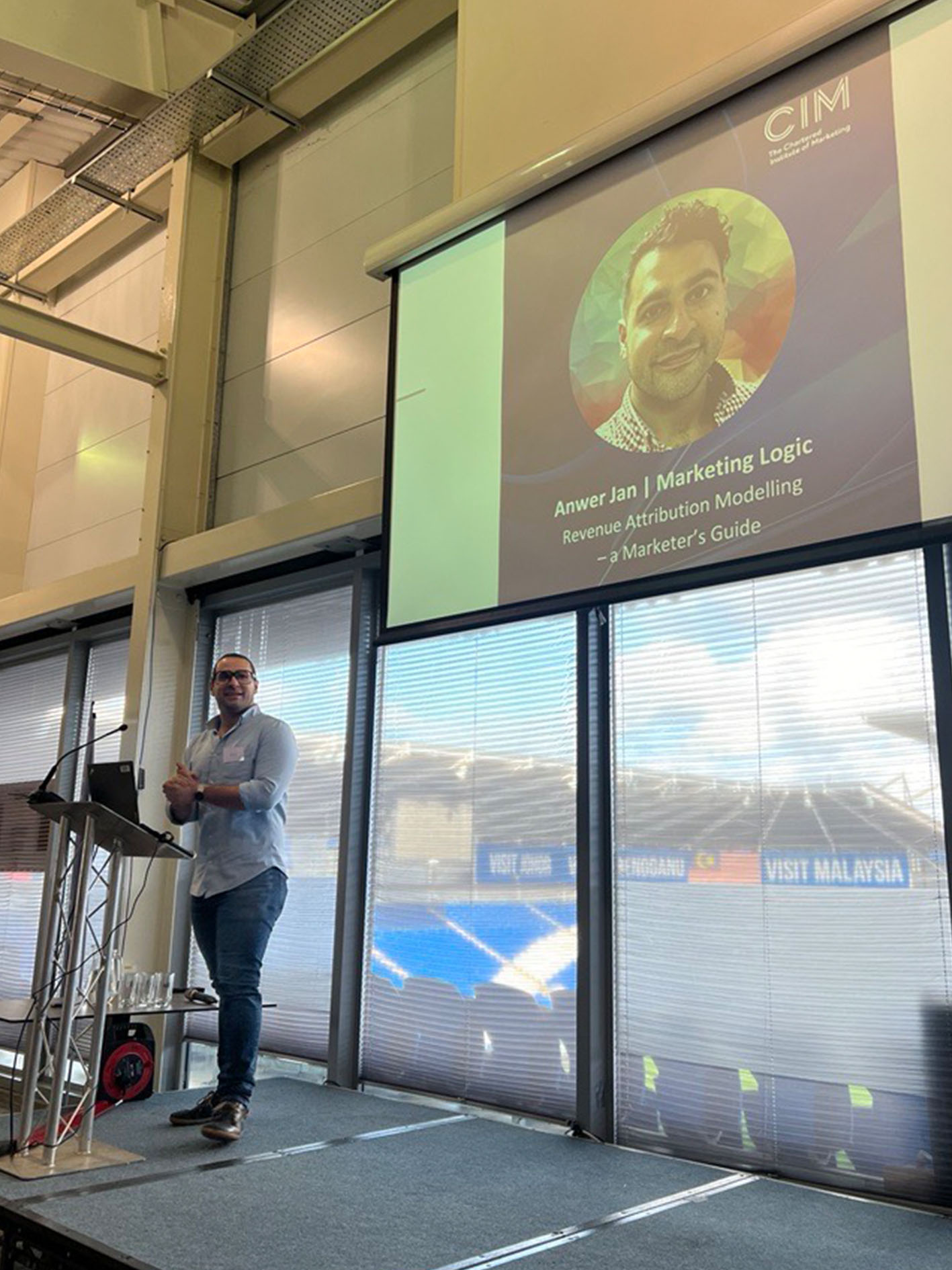
Pardot Engagement Studio – The Fundamentals
Pardot is a fantastic tool, and just like any tool, its true potential is governed by the people setting up or using the system. There are many aspects to being a proficient user of Pardot, so in this article we are focusing on one of its more important and highly effective features of the software – the engagement studio.
Further articles will follow that delve deeper into the individual components of Pardot’s engagement studio and how to create a new program, however, in this article we will focus on introducing you to the fundamentals.

So firstly, what is Pardot’s engagement studio? Put simply, it’s an automated B2B marketing program. Picture it like a flow chart (see example below), with prospects travelling along defined paths, allowing you to send relevant, targeted emails to prospects that match specified criteria. If for example you owned a sports shop and were launching a new range of golf clubs, you wouldn’t necessarily want to send marketing material to your customers that only purchased tennis equipment.
Studies have proven that customer expectations are rapidly changing, with them being more likely to make purchases where they feel they have received a personalised experience and the business has understood their needs and requirements. If you would like to read more about this study then please click here. With careful consideration and thorough planning, Pardot’s engagement studio is the tool you need to adopt and utilise to its full extent, and in doing so, it will greatly assist in keeping your company future-proof and ahead of your competition.
However, before you jump straight in and begin creating your engagement studio, it’s imperative that you plan what you are trying to achieve, and the journey you would like your prospects to take. You also need to consider which marketing channels will be most effective for your audience, whether this is pay-per-click ads, social media or email etc.
Once these have thought about, we would then recommend using a whiteboard to draw the journey. This will help ensure prospects aren’t lost along the way and all paths come to a final conclusion – whether this is converting them to a customer, adding them to a list for future marketing campaigns, or removing them from your list entirely. The last outcome may seem like a negative, but in fact, this can be considered a positive as it helps cleanse your database.

This brings us to the next stage. Maybe you’re wondering how can you stop certain prospects from continuing along the program, or add prospects along the way? Our answer is simple, a dynamic list. A dynamic list allows you to specify certain criteria to automatically add or remove prospects along the way. If you were looking to send a weekly newsletter and had additional prospects signing up on a regular basis, would you want to spend all of your time manually updating the list? No, we wouldn’t either. Therefore, we would always suggest creating a dynamic list. Once the parameters of the dynamic list have been set up (correctly, we would like to add) it has the capability to manage itself. The alternative to a dynamic list would be to create a static list. A static list is one that is created at the outset of the program and remains the same unless you manually add or remove prospects.

While creating your send list you also need to gather the relevant marketing assets and consider which direction you would like your prospects to take after they’ve interacted with these assets. If the aim of the engagement studio was to create an email marketing campaign, then you need to have your emails presented in such a way that they follow a clear, logical pattern. Let’s say you have sent your prospects an initial email introducing them to your new products and a select few didn’t open it. In this scenario, you would maybe want to ensure that they read the introduction email before continuing further along the journey. Makes perfect sense, doesn’t it? Conversely, maybe a particular group read the introductory email, expressing real interest in the product but didn’t actually proceed with the purchase – with these you would probably want to send them more information on the products. With Pardot’s engagement studio all of this is easily achievable, and as you build the program, you will begin to have a clear picture of the process.
Once you have decided the main objective of the marketing campaign, and you have your marketing assets and your send list compiled, the next thing to do is create the engagement program. This is the most satisfying part as you will begin to see the paths that your prospects will take, mapping out the routes with associated timescales and actions.
Obviously, the engagement studio is a very powerful and complex tool. If you’re new to marketing automation or Pardot, then our first recommendation would be to create a Trailhead account and take a look through the related modules. Trailhead is a fantastic and highly valuable online Salesforce training system, providing everything you need to get started – furthermore, unlike most training programs, it’s also great fun.
To summarise, in order to begin creating a successful engagement studio, you need the following ingredients;
- An aim or objective
- A well thought out plan/process
- A carefully considered list of prospects (dynamic list or static list)
- Which marketing channels you wish to use for your target audience
- Marketing assets (email templates, landing pages, pay-per-click ads etc)
At first glance it may seem like a lot of resources and effort is required, but with time and familiarity this will become less labour intensive – and once you start to see the positive outcomes, you will wonder why you didn’t do it sooner.
Please follow our LinkedIn page to remain up to date with all of our posts.
Interested in reading more of our articles? Please click here.




